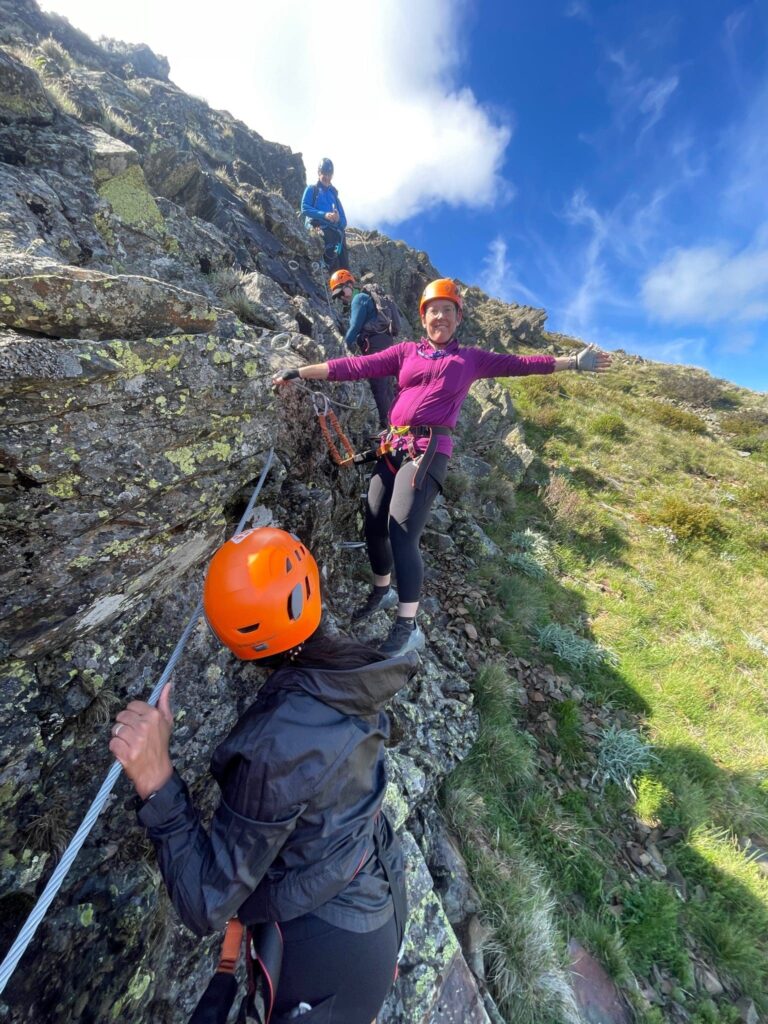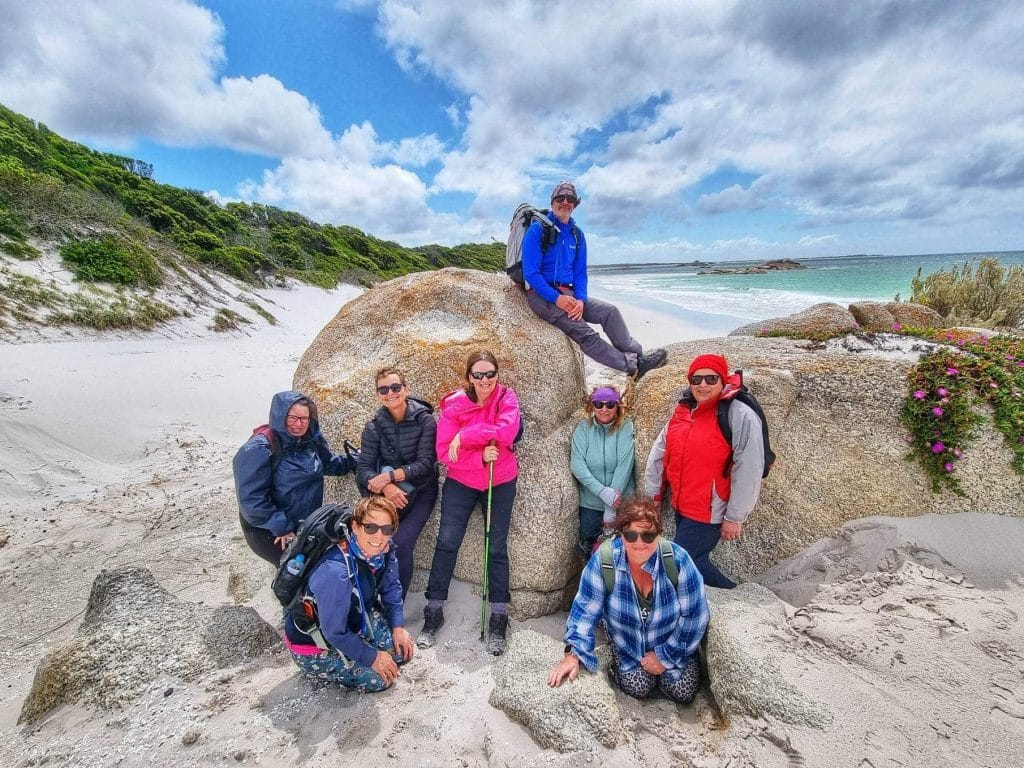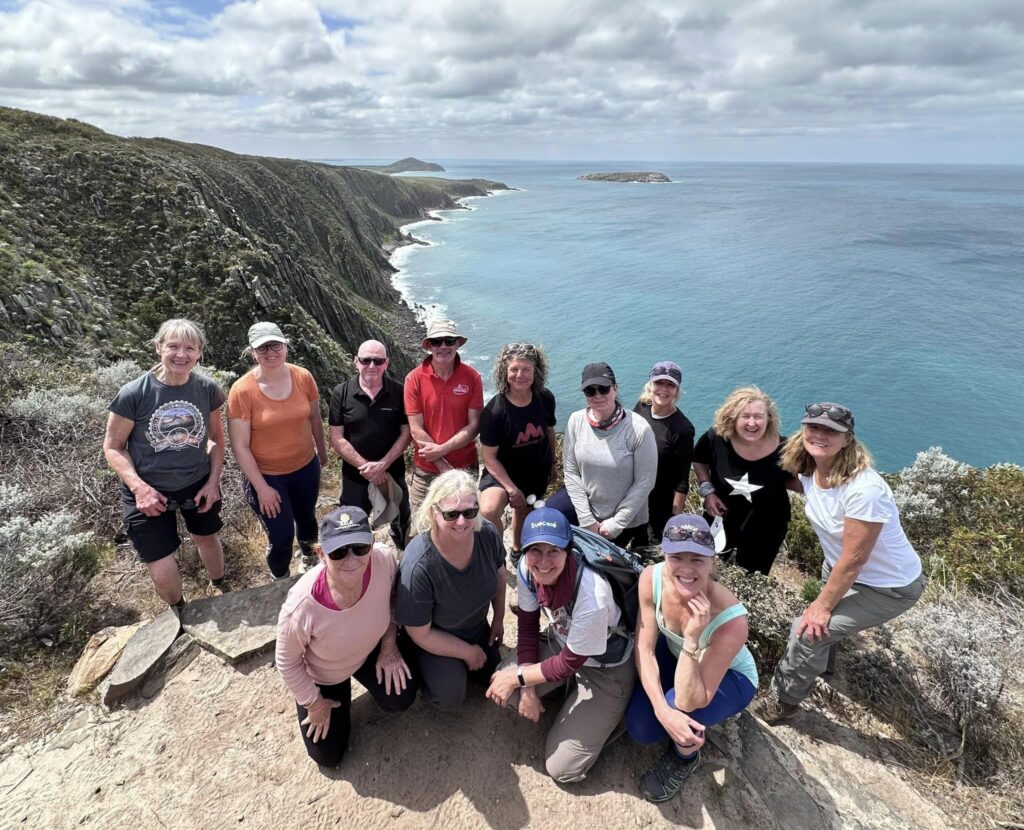Your cart is currently empty!
Avoiding Risk is Riskier Than You Think

Most of us like to imagine we’re sensible when we avoid risk. We don’t leap from cliffs, we don’t sprint across busy roads, and we keep our lives orderly. That means we’re staying safe and living our lives to the fullest by actually staying alive, right? Well here’s the catch: safety is not the same as thriving and it can hold us back. When we cling too tightly to old mental models of what feels safe, predictable, and comfortable, we don’t actually stay the same. We go backwards.
Small risk, small reward
Humans are wired with a negativity bias. Let me explain for those of you who haven’t done a Masters of Positive Psychology yet! Our brains evolved to overestimate danger because noticing the rustle in the grass might once have saved us from a lion back when we lived in caves. Thinking of the worst possible outcome kept us safe from real physical danger – thanks brain! Today, however, we have very little real physical danger. The lion has been replaced by abstract concepts like the fear of embarrassment, failure, or criticism. We judge mistakes harshly both in ourselves and in others, which means we’d rather not try than risk being wrong.
The result is a world where individuals, families, and even organisations bunker down in the familiar, mistaking sameness for safety. But growth is never neutral. We either lean into discomfort and adapt, or stagnate and shrink.


So what is the real risk here?
In modern society, we are met with a risk paradox. Relative to human history, we live in one of the safest times ever recorded. Life expectancy is higher than it has ever been. Rates of violent crime are historically low in most developed countries like Australia. And yet, anxiety disorders are now the most common mental health condition worldwide, with an estimated 301 million people affected in 2019 (WHO, 2022).
We catastrophise about rare risks like plane crashes, kidnappings, and public mistakes as excuses to make sure we never have to leave our comfort zone. All the while, we are ignoring the slow-burn dangers that are actually eroding our health. Sitting at desks all day. Driving instead of walking. Scrolling on social media late at night. These are the things slowly whittling away at our bodies and reducing our quality of life, especially as we age and begin to really see the consequences.
Meanwhile, the risks we avoid, like trying something new, stepping outdoors, or asking for help, are often the very things that could help us grow stronger, happier, and more resilient. Think about it: when was the last time you had a truly life-changing and impactful experience… from doing something that was part of your regular routine?
The kids aren’t alright
If we want proof of how distorted our risk perception has become, we don’t need to look any further than the behaviour of our children.
A 2020 Australian Bureau of Statistics survey found that only 1 in 3 children met the national physical activity guidelines. Studies show children today spend less time outdoors than prison inmates, some as little as 1.5 hours per day (National Trust, UK, 2016). At the same time, youth anxiety is soaring. The Mission Australia Youth Survey (2023) reported that mental health is now the number one concern among Australian young people.
Ironically, we are raising kids in the safest environments in history, yet they are moving less and stressing more. When we stop to consider why this is happening, we realise it’s because they’re missing the very challenges that build resilience. The level of safety that they’re used to is not conducive to personal growth, and so they go backwards.


Adults aren’t doing much better
You may be thinking that adults who grew up without as much comfort and safety as kids these days are set up for a better life, but we’ve simply traded monkey bars for office chairs. We work relentlessly, often using AI, apps, and gadgets to speed up tasks. While the original purpose of these tools was to streamline work and grant us more leisure time, we choose not to spend that extra time for rest or nature. Instead, we squeeze in more work. We outsource the manual labour that once kept us healthy, and sit indoors, stressed, while our bodies crave movement and recovery.
The research clearly tells us that sedentary behaviour is linked to an increased risk of cardiovascular disease, diabetes, depression, and early death (Ekelund et al., 2019, British Journal of Sports Medicine). Yet most of us still drive short distances we could walk and spend evenings doomscrolling about unlikely threats while ignoring the very real damage of inactivity.
Organisations that fear mistakes also fear innovation
The fallacy of staying safe isn’t just something that individuals fall into. Many organisations operate by the same outdated safety-first mental models that keep the business cogs churning and money coming in. Time spent in the office is still often equated with effectiveness, even though productivity is about outcomes, not hours at a desk. Which employee would you value more? The one who spends 40 hours a week at their desk but delivers infrequently, or the one who takes Friday off and consistently hits milestones and goals? Risk-aversion creates cultures where innovation is stifled, mistakes are punished, and “toeing the line” is valued more than creativity or courage.
Research from Amy Edmondson (2019) on psychological safety shows that teams who embrace mistakes and learn from them consistently outperform those who play it safe. In other words, the organisations that grow are those that let people take intelligent risks.


Your time to walk the talk
So what do we do now that we know about the paradox of safety? We need to reclaim risk and see it not as recklessness, but as chances to spark real growth. For most of us, the real risk isn’t climbing a mountain, it’s never leaving the ground.
We need to start with three things. First, we need to move our bodies daily, not just for fitness, but as a counterbalance to modern stagnation. Second, we need to let children climb, fall, and explore, because scraped knees teach more resilience than screen time. Third, we need to redefine success in organisations as outcomes and adaptability, not hours spent avoiding mistakes.
The truth is, avoiding risk doesn’t keep us safe. It keeps us stuck and actually going backwards. To grow as individuals, families, and organisations, we must be willing to walk into the unknown, fall down, and get back up. That’s how we move from wilting to thriving.

